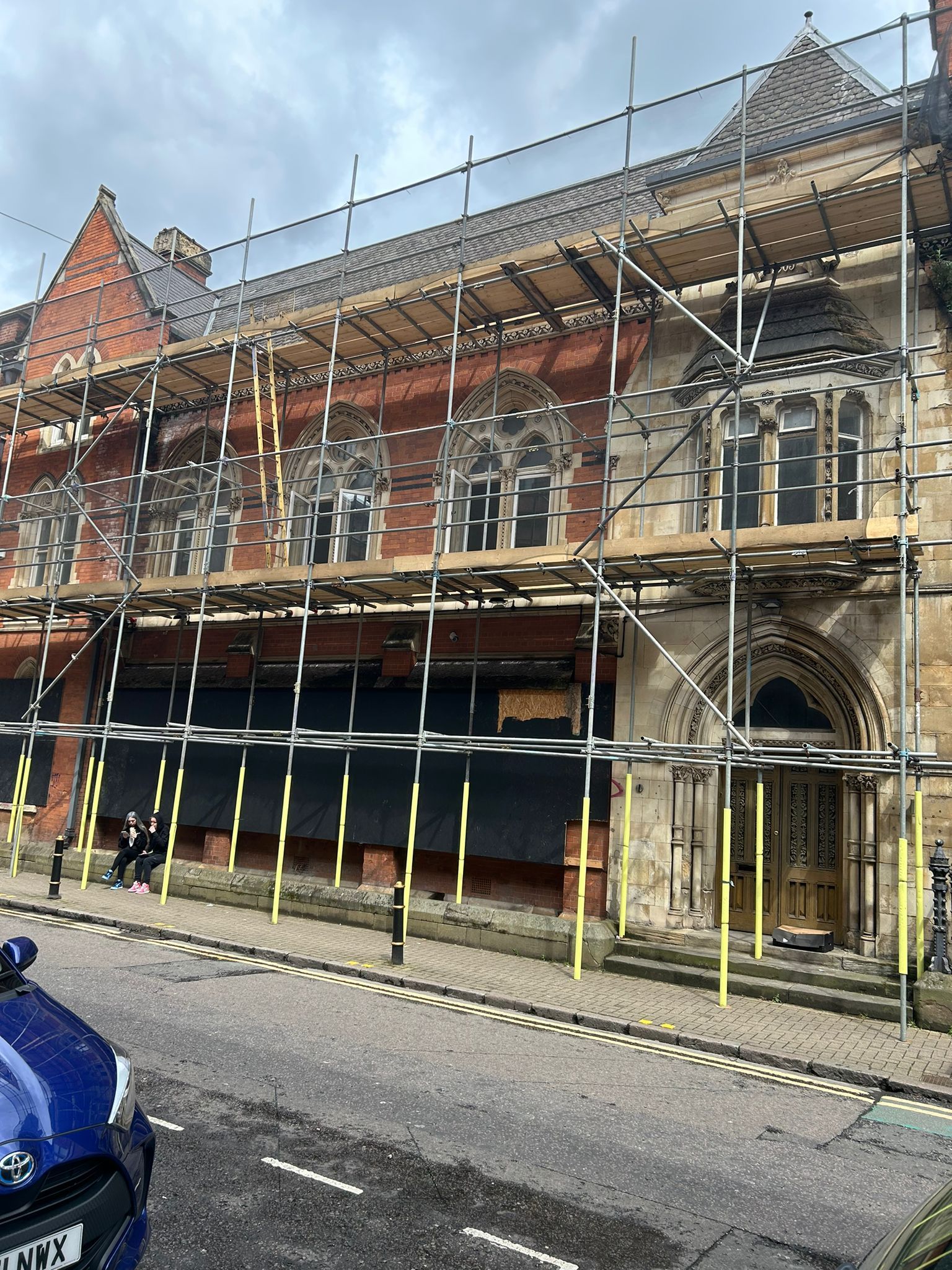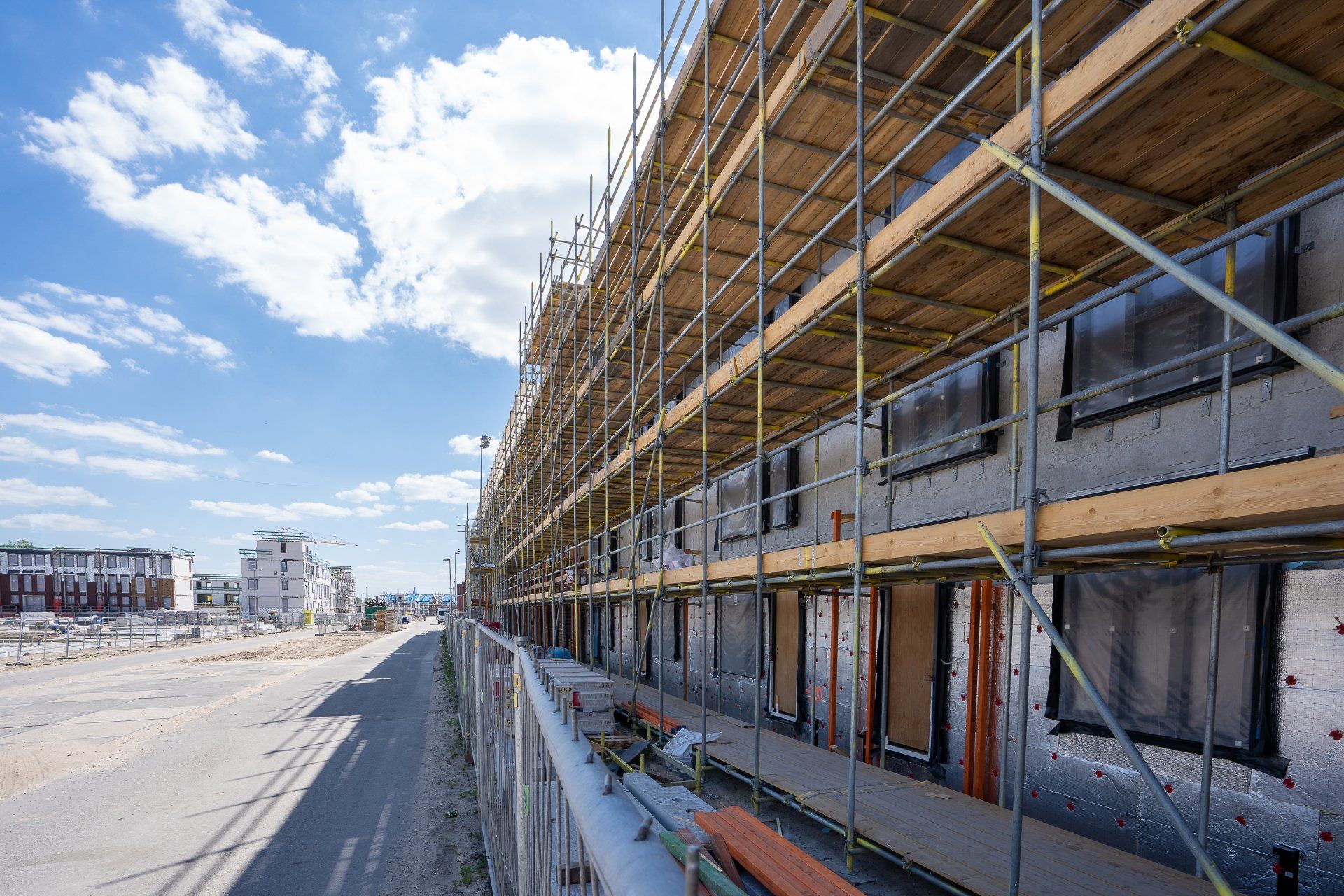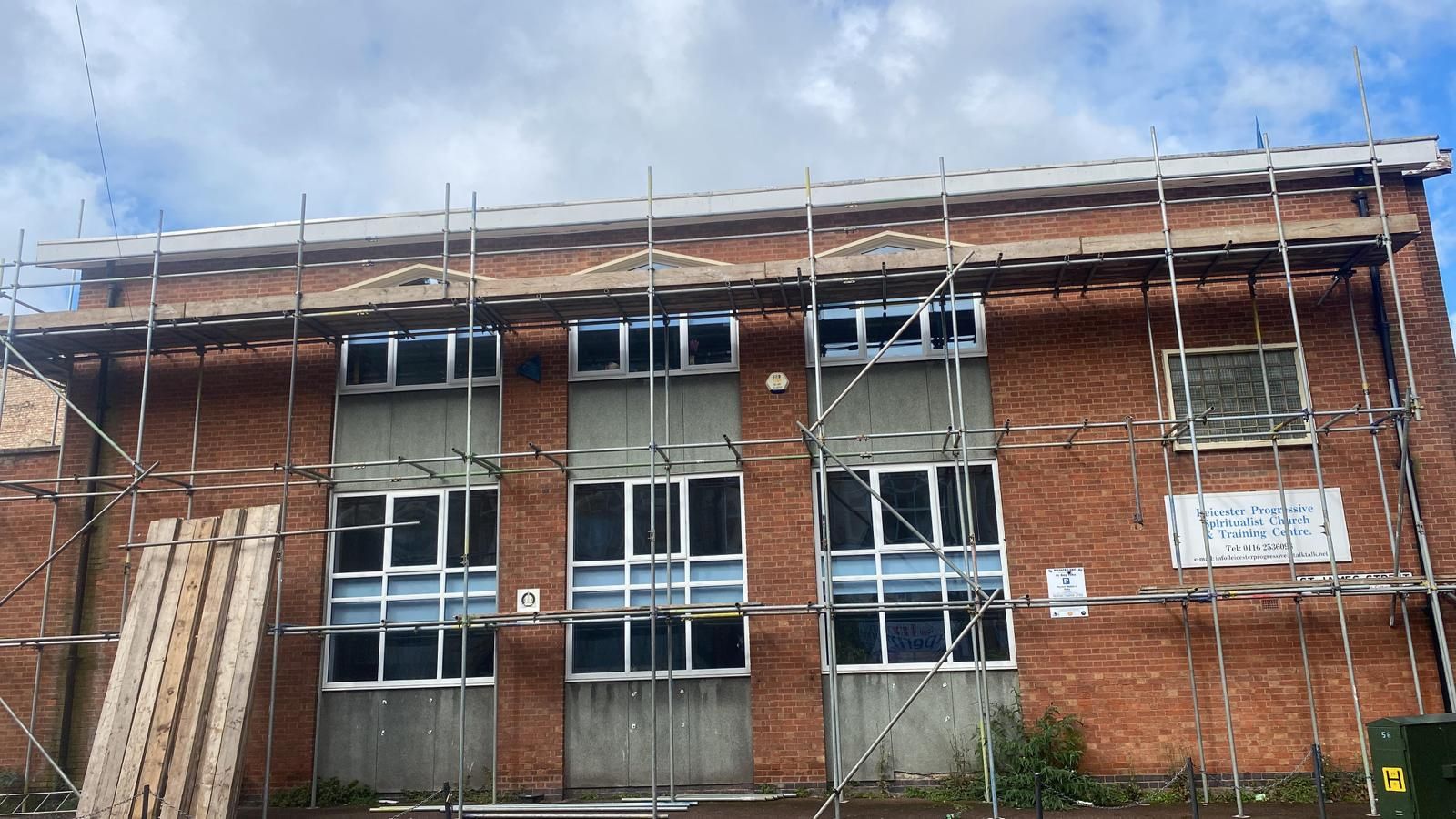Steps to Conduct a Thorough Scaffolding Inspection
How to Conduct a Scaffolding Inspection in Leicester
Conducting a thorough scaffolding inspection is essential to ensure safety and compliance in construction projects. Scaffolding systems provide workers with the necessary support and access to complete their tasks at heights. However, improperly installed or maintained scaffolding can lead to serious accidents and injuries. This blog will outline the steps involved in conducting a comprehensive scaffolding inspection, highlighting the importance of each step to maintain a safe working environment.
Understanding the Importance of Scaffolding Inspections
1.1 Ensuring Worker Safety
- Scaffolding inspections are crucial for preventing accidents and ensuring the safety of workers on construction sites. A well-maintained scaffold reduces the risk of falls, collapses, and other potential hazards.
1.2 Legal Compliance and Regulations
- Regular inspections are mandated by occupational health and safety regulations. Compliance with these regulations not only prevents legal issues but also promotes a culture of safety within the organization.
- Preparing for the Inspection
2.1 Gathering Necessary Documentation
- Before starting the inspection, gather all relevant documents, including the scaffold design plans, manufacturer's instructions, and previous inspection reports. This information will guide the inspection process and ensure all components are correctly assessed.
2.2 Assembling the Inspection Team
- A practical inspection requires a team of qualified professionals. Ensure that the team includes individuals with expertise in scaffold construction, safety regulations, and risk assessment.
- Inspecting the Foundation and Base
3.1 Assessing Ground Conditions
- The foundation of the scaffold must be stable and capable of supporting the structure's weight. Inspect the ground for any signs of erosion, water accumulation, or instability that could compromise the scaffold's integrity.
3.2 Evaluating Base Plates and Mud Sills
- Check that base plates and mud sills are correctly positioned and secure. These components distribute the scaffold's weight evenly, preventing sinking or shifting.
- Checking the Scaffold Structure
4.1 Examining the Frame and Support
- Inspect the scaffold frame for any signs of damage, corrosion, or deformation. Ensure that all support components are securely connected and free from defects.
4.2 Verifying Cross Braces and Diagonal Braces
- Cross braces and diagonal braces provide stability to the scaffold. Confirm that they are correctly installed and tightened to prevent swaying or collapse.
- Assessing the Platforms and Planking
5.1 Inspecting Platform Components
- Platforms should be fully planked and free from gaps. Inspect the planking for any signs of wear, rot, or damage that could compromise their strength.
5.2 Ensuring Proper Platform Guardrails
- Guardrails are essential for preventing falls from elevated platforms. Verify that guardrails are installed at the correct height and are secure.
- Evaluating Access Points
6.1 Checking Ladders and Stairs
- Safe access to scaffolding is crucial. Inspect ladders and stairs for any signs of damage or instability. Ensure they are securely attached to the scaffold structure.
6.2 Assessing Entry and Exit Points
- Confirm that entry and exit points are free from obstructions and hazards. Proper access prevents accidents and facilitates a quick evacuation in emergencies.
- Inspecting Scaffold Ties and Anchorage
7.1 Evaluating Tie-in Points
- Scaffold ties and anchorage points secure the scaffold to the building or structure. Inspect these connections for any signs of wear or failure.
7.2 Ensuring Adequate Tie Spacing
- Verify that the spacing between tie-in points adheres to the manufacturer's specifications and industry standards. Proper spacing prevents excessive movement and ensures stability.
- Checking for Environmental Factors
8.1 Assessing Weather Conditions
- Weather conditions can impact scaffold safety. Inspect for any signs of wind, rain, or snow that could affect stability. Take necessary precautions during adverse weather.
8.2 Identifying Potential Hazards
- Look for environmental hazards such as overhead power lines or nearby machinery that could pose a risk to workers on the scaffold.
- Verifying Safety Measures
9.1 Confirming Fall Protection Systems
- Ensure that fall protection systems, such as harnesses and lifelines, are in place and correctly used by workers.
9.2 Checking Personal Protective Equipment (PPE)
- Inspect the availability and condition of PPE, including hard hats, gloves, and safety boots, to ensure workers are adequately protected.
- Reviewing Inspection Findings
10.1 Documenting Inspection Results
- Thoroughly document the findings of the inspection, including any identified issues, corrective actions taken, and recommendations for future improvements.
10.2 Communicating with Stakeholders
- Share the inspection results with relevant stakeholders, including project managers, safety officers, and workers, to ensure everyone is aware of potential risks and safety measures.
- Taking Corrective Actions
11.1 Addressing Identified Issues
- Implement corrective actions to address any identified issues or deficiencies. Promptly repair or replace damaged components to ensure the scaffold is safe for use.
11.2 Scheduling Follow-up Inspections
- Regular follow-up inspections are essential to maintain scaffold safety. Establish a schedule for ongoing inspections to identify and address any new issues.
- Continuous Improvement and Training
12.1 Providing Training and Education
- Educate workers on scaffold safety and inspection procedures. Continuous training enhances their ability to identify hazards and respond appropriately.
12.2 Implementing a Safety Culture
- Foster a culture of safety within the organization by promoting open communication, encouraging reporting of potential hazards, and recognizing safe practices.
Conclusion
Conducting a thorough scaffolding inspection is a critical component of maintaining a safe and compliant construction site. By following these steps, organizations can ensure that their scaffolding systems are in optimal condition, minimizing the risk of accidents and injuries. Regular inspections, combined with ongoing training and a commitment to safety, create a safer working environment for everyone involved.
FAQs
Q1: How often should scaffolding inspections be conducted?
Scaffolding inspections should be conducted before use, during use, and after significant weather events or modifications to the scaffold. Regular inspections are crucial for identifying and addressing potential hazards promptly.
Q2: Who is qualified to conduct scaffolding inspections?
Qualified professionals with expertise in scaffold construction, safety regulations, and risk assessment should carry out scaffolding inspections. These individuals are often referred to as "competent persons" in occupational safety standards.
Q3: What are some common hazards associated with scaffolding?
Common scaffolding hazards include falls, structural collapse, electrical hazards, and falling objects. Inspections aim to identify and mitigate these risks to ensure worker safety.
Q4: What should be included in an inspection checklist?
An inspection checklist should include items such as ground conditions, base plates, frame integrity, platform condition, guardrails, access points, ties and anchorage, and environmental factors. The checklist helps ensure a comprehensive evaluation of the scaffold's safety.
Q5: Why is it important to document inspection findings?
Documenting inspection findings provides a record of the scaffold's condition, identifies areas for improvement, and demonstrates compliance with safety regulations. Proper documentation is essential for accountability and future reference.
For further information, Click here to visit our website or call Leicester Scaffolding Services JK on 0116 216 5534.
Click here to complete our contact form and see how we can help you with your scaffolding requirements.
You might also like
Contact us for a FREE Quote
We will get back to you as soon as possible
Please try again later



